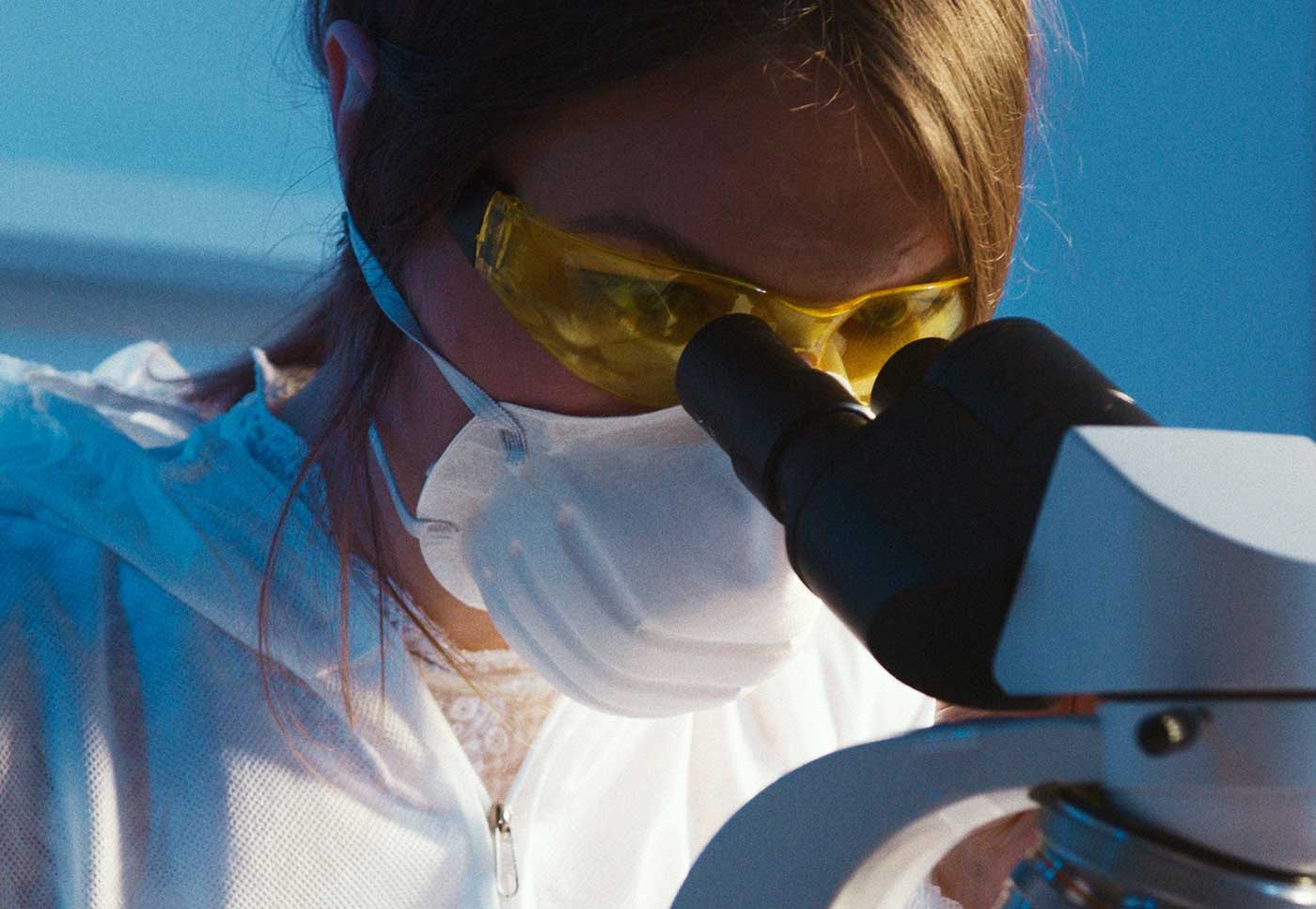
Pharmaceutical Formulation Challenges: Navigating Complexity
Introduction:
The landscape of pharmaceutical formulation is ever-evolving, driven by scientific advancements, regulatory requirements, and the pursuit of more effective and patient-friendly medications. However, along with progress come challenges that pharmaceutical researchers and formulators must address. In this blog, we explore some of the key challenges facing the pharmaceutical industry in the realm of formulation.
Poor Drug Solubility:
Challenge: Many drug candidates suffer from poor solubility, limiting their absorption and bioavailability. This is particularly common in compounds with high hydrophobicity.
Resolution: A universal approach that suits all active pharmaceutical ingredients (APIs) and formulations does not exist; the optimal solution varies based on the specific characteristics of the API and the intended type and performance of the formulation. Our formulation scientists at Dhee Lifesciences are exploring various strategies, including nanotechnology, lipid-based formulations, and prodrug approaches, to enhance drug solubility and improve overall drug delivery.
Biological Complexity of Therapeutics:
Challenge: Biopharmaceuticals, including proteins, peptides, and gene therapies, present unique challenges due to their complex structures and susceptibility to degradation.
Resolution: Our advanced formulation techniques, such as lyophilization and encapsulation in nanocarriers, are being developed to protect and stabilize biologics during storage and administration.
Personalized Medicine:
Challenge: The trend toward personalized medicine requires the development of formulations that can be tailored to individual patient needs, posing logistical and regulatory challenges.
Resolution: Our formulation scientists are exploring flexible manufacturing processes and technologies like 3D printing to customize dosage forms and accommodate diverse patient profiles.
Regulatory Compliance:
Challenge: Stringent regulatory requirements and evolving standards add complexity to the formulation development process, demanding adherence to Good Manufacturing Practice (GMP) guidelines.
Resolution: Close collaboration between formulation scientists and regulatory experts is crucial. Adopting advanced analytical techniques and quality-by-design principles helps ensure compliance throughout the development lifecycle.
Emerging Technologies:
Challenge: The integration of emerging technologies, such as artificial intelligence and continuous manufacturing, requires the industry to adapt and invest in new skill sets.
Resolution: Pharmaceutical companies are investing in training programs and collaborations with technology experts to harness the potential of these technologies and streamline formulation processes.
Environmental Sustainability:
Challenge: Growing concerns about the environmental impact of pharmaceutical manufacturing processes, including waste generation and energy consumption, require the industry to adopt more sustainable practices.
Resolution: Our research into green chemistry, process intensification, and eco-friendly packaging materials is underway to develop more sustainable formulations and manufacturing processes.
Conclusion:
While the challenges in today’s pharmaceutical formulation landscape are significant, they also offer opportunities for innovation and advancement. Formulation scientists, pharmaceutical companies, and regulatory bodies must work collaboratively to address these challenges, ensuring the development of safe, effective, and patient-centric medications. As technology and knowledge continue to progress, the pharmaceutical industry remains on the brink of transformative breakthroughs that have the potential to revolutionize the way we approach drug formulation and delivery.
